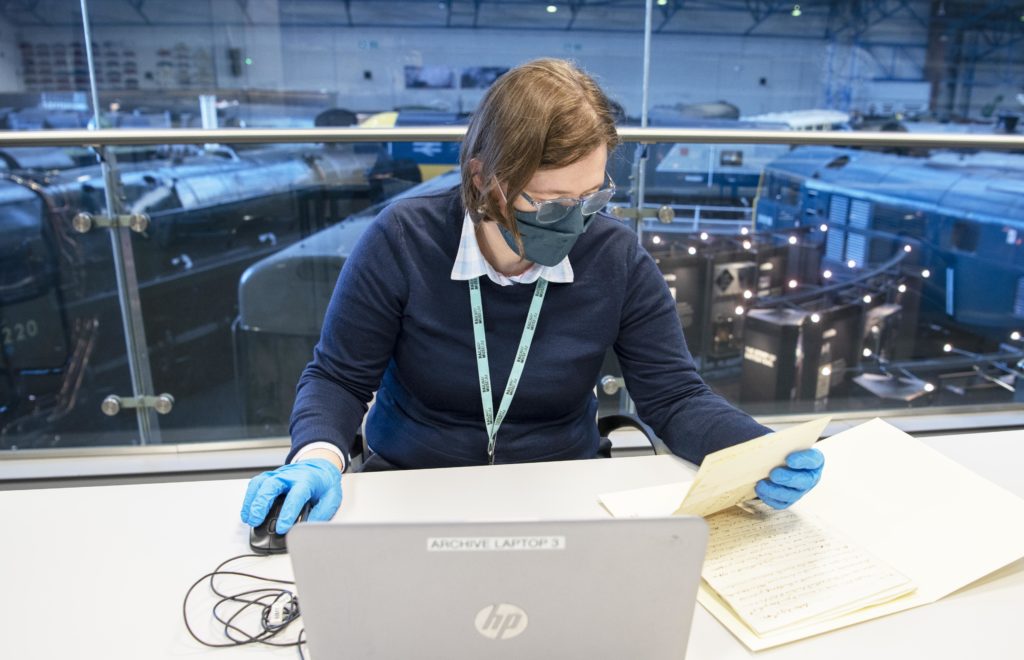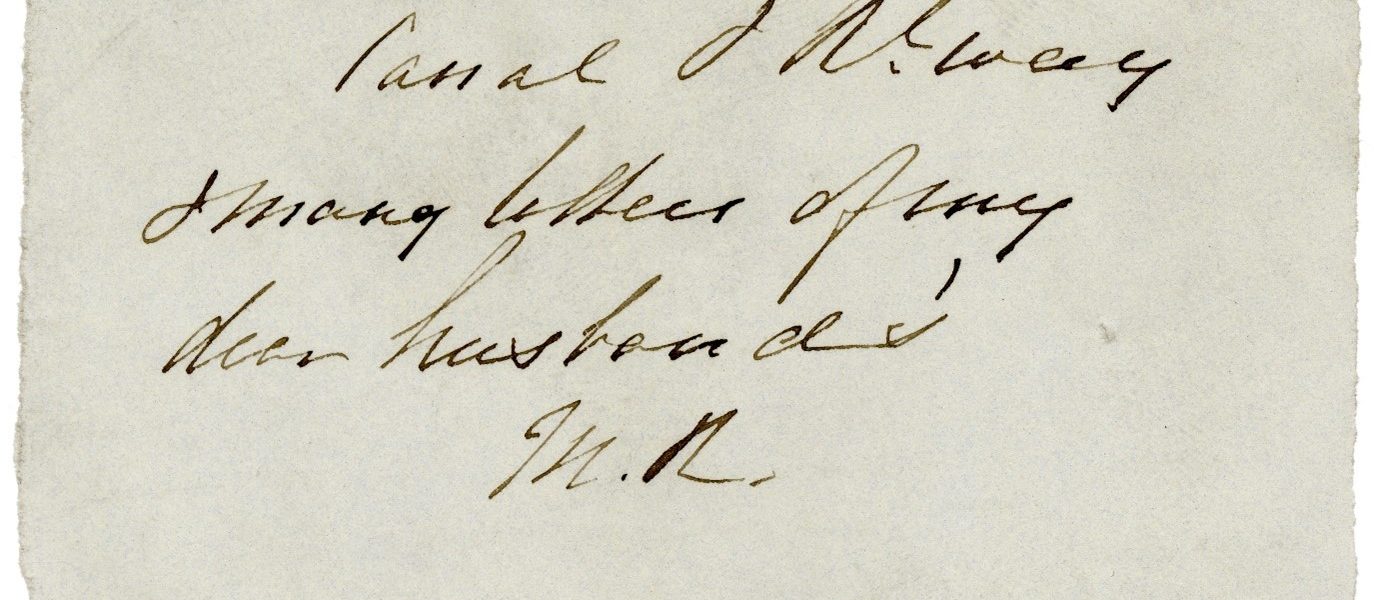
Archive catalogues are often the first way researchers access a collection, and it is the job of an archivist to generate these catalogues. But how catalogues are created can be a bit of a mystery. In this post I’ll take you through the work undertaken between May 2021 and May 2022 by seven colleagues from the NRM’s Collections and Research team to catalogue the Leonard Raisbeck Archive.
The archival hierarchy depicted through the medium of archive boxes, so along as the hierarchy follows the top-down structure of fonds/series/file/item you can have a mix of any of the various levels, including sub-divisions of fonds and series.Unlike the library catalogues that nestle books under different numbered categories by their subject matter, archive catalogues are arranged into what we call a hierarchy. Think of it like making your grandad’s famous trifle—you want to follow the recipe as it was intended to be made, and you need to ensure the layers are stacked in the right order. The hierarchy is therefore in place to retain a collection’s ‘provenance’ (or its history of use and ownership) and to ensure the original order the different items within the collection are found is kept intact where possible. Both are crucial elements of archival arrangement that are aimed at helping researchers understand the context of the collection and its use by the creator.
At the top of the archival hierarchy is a ‘fonds,’ which is best understood as a synonym for the overall collection and always provides an overarching description of the entire contents of the collection, should it contain one item or several thousand. Underneath the fonds there can be ‘series’, which are a group of items that relate one another as are the same type of record. These series can then contain ‘files’ that are documents related to each other and physically bound together or in a folder. And if you have files, they may contain these items, which are the smallest indivisible part of an archive.

The Raisbeck collection arrived at the museum in bundles, or items that were sectioned out and kept together with a tied piece of string for example. It was therefore logical to use these bundles as the basis for different sub-series to keep the original order of the material as much as possible. Usefully, the collection was listed by the booksellers and the bundles grouped into different sections based on their subject matter.
Interestingly, among the bundles there were also several scraps of paper which must have been left by Raisbeck’s wife, Mary Raisbeck (nee Robinson), who seems to have arranged her husband’s papers after his death. These were placed in a separate series of loose manuscript notes when the notes could not be connected to a specific part of the archive.

Once we had the archival structure/trifle in place (fonds/series/sub-series), then it was time to start cataloguing each individual item in the collection. Over the course of the year, we catalogued all the 258 items in the Leonard Raisbeck Archive. We catalogued the items in the collection by entering information manually into a collections management system or into a spreadsheet that was imported into this system.
Whichever way the data was inputted into the catalogue records, all records must meet the General International Standard for Archival Description (ISAD(G)). This defines the content and structure of an archive catalogue record to ensure the consistency of archive catalogues created by archival repositories across the world and facilitates the sharing of catalogue data.
It sets out six essential pieces of information that need to be present on a record for it to be compliant. This is best explained with an example you can work through if you fancy a little detective work.

The essential ISAD(G) fields for the above item are:
- Reference code
This is a unique alpha-numerical code assigned by the archive for each part of the collection. Let us break it down!
For this example, your archive reference is RAIS (fonds)/4 (series)/1 (sub-series)/2 (item). You then combine the archive reference with a country code (‘GB’ for Great Britain) and the repository code (‘756’ for the National Railway Museum), so that incredibly every archive item held in any archive around the world will have a unique identifier.
Our item therefore has the full reference: GB 756 RAIS/4/1/2
- Title
This field simply describes the item, it might be the title that is written on an item, or if there is not a title present it can be constructed by the cataloguer.
For example, constructing our own title from the contents of our item our chosen title: Letter from Edward Pease, Darlington to Leonard Raisbeck, Stockton-upon-Tees
- Date(s)
Very helpfully, there are two types of dates used for our data entry. One long-form that is humanly intelligible and another in a machine-readable format to facilitates search functionality for researchers.
The long date could be given as a single date (e.g., 2 January 1828) a date range where there are multiple dates on an item or multiple items within a file, series, or fonds (e.g. 27 September 1825 – 13 July 1863).
The machine-readable format dates are split up into ‘Date early’ and ‘Date late.’ The date range given above would therefore be entered as ‘Date early: 1825-09-27’ and ‘Date late: 1863-07-13’.
- Level
This gives the level that the record is placed within the hierarchy. For our letter above this would be ‘item.’
- Extent
This is the number of items that are being described on the record. For an item record like this one, it would be noted as ‘1 item’. However, if it is a fonds-level entry it may be recorded as ‘3 standard archive boxes’ to give a clearer idea of the amount of material a researcher can expect.
- Creator
This can be the person or organisation who created the original documents in the archive, or the person who accumulated the archive.
For all the records in this archive, ‘Leonard Raisbeck’ is the creator as he collected the items together.
- The Scope and Content
Okay, so I said six! But while this field is not mandatory, it is very useful. The Scope and Content field is commonly used to give an overview of the content of the item being catalogued.
In this case it summarises what Edward Pease wrote to Leonard Raisbeck: ‘Discussion of issues about the Tees Navigation and railway extension to Middlesborough and the effects on trade in Stockton.’

For most items finding the information to fill in the above fields is relatively easy as the information is written in black and white on the items, but sometimes it is a little trickier to fill in the blanks! For example, sometimes further investigation and deduction is required if an item is undated and, indeed, some of the letters and reports in Raisbeck Archive were dated by the booksellers using the watermarks on the writing paper.
I hope that this whistle-stop overview illustrates the way in which we approached cataloguing the Leonard Raisbeck Archive and provides some insight into the detailed work that archivists undertake to create archive catalogues. The Leonard Raisbeck catalogue will be published on 14 April 2023 to coincide with the 250th anniversary of Leonard Raisbeck’s birthday.
Previous posts from this series on the Leonard Raisbeck Archive:
Leonard Raisbeck: An Early Railway Pioneer
Conserving a Vellum Indenture from the Leonard Raisbeck Archive

